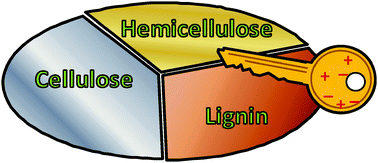Where are ionic liquid strategies most suited in the pursuit of chemicals and energy from lignocellulosic biomass?
Abstract
Certain

* Corresponding authors
a
Department of Chemistry and Center for Green Manufacturing, The University of Alabama, Tuscaloosa, USA
E-mail:
rdrogers@as.ua.edu
Fax: +1 205-348-0823
Tel: +1 205-348-4323
b Department of Chemical Engineering, University of Santiago de Compostela, Santiago de Compostela, Spain
Certain

 Please wait while we load your content...
Something went wrong. Try again?
Please wait while we load your content...
Something went wrong. Try again?
N. Sun, H. Rodríguez, M. Rahman and R. D. Rogers, Chem. Commun., 2011, 47, 1405 DOI: 10.1039/C0CC03990J
To request permission to reproduce material from this article, please go to the Copyright Clearance Center request page.
If you are an author contributing to an RSC publication, you do not need to request permission provided correct acknowledgement is given.
If you are the author of this article, you do not need to request permission to reproduce figures and diagrams provided correct acknowledgement is given. If you want to reproduce the whole article in a third-party publication (excluding your thesis/dissertation for which permission is not required) please go to the Copyright Clearance Center request page.
Read more about how to correctly acknowledge RSC content.
 Fetching data from CrossRef.
Fetching data from CrossRef.
This may take some time to load.
Loading related content
